The ancient marvels of bronze casting and sculpture could not be matched by medieval man. But, they were seen by Donatello, the sculptor who., like Ghiberti, bestrides the opening decades of the Renaissance. It was Donatello who created for the first time since antiquity a monumental bronze equestrian statue, modeled on the antique and representing, in Roman spledoe, a professional soldier of Venice called Erasmo da Narni and nicknamed ”Gattamelata” . Erected in 1453, it stands to this day before the Church of San Antonio at Padua.

da Vinci. ''The first horse known as 'Il cavallo' was unveiled on 10th September 1999 - Exactly 500 years after destruction of the original colossal clay horse created by da Vinci. It is located at a specially designated Cultural Park, near the Hippodrome, in San Siro, Milan.''
Its erection provided the impetus for a sequence of such movements which, although individually they have steadily declined in quality, is only now at an end. The second of these monumental bronzes represented another mercenary, Bartolommeo Colleoni whose fortune was such that, after years of enforcing a lucrative protection racket, he left a substantial sum to the Venetian Republic to ensure himself an adequate memorial. He got one that is the artistic equal of Donatello’s Gattamelata.
The story of its creation is somewhat confused. Andrea del Verrocchio of Florence, Leonardo’s master, was one of three sculptors invited to compete for the commission, according to the Dominican Felix Fabri, who recorded the story in his memoirs. Instructed by the Signory of Venice to show their skill at making a horse, one sculptor submitted a large model in wood covered with black leather, one a model in red terra cotta, and Verrocchio the winning version in wax. ”But for what will be done about casting it,” wrote the friar in 1483, ”I have not heard; perhaps they will give the matter up.”

''Bronze Horse, Charles C. Dent Memorial Garden, Allentown, USA A third horse was installed on Oct 5, 2002 at the Community Art Park (Renamed Charles C. Dent Memorial Garden) adjacent to the Baum School of Art, Allentown, PA, USA. It is a twelve feet bronze replica and is dedicated to honour Charles Dent.''
Fortunately, they did not. During a feud with the senate over whether he should be permitted to do the figure of Colleoni, Verrocchio lost his temper, broke the model, and went back to Florence. Induced by a repentent Senate to return to Venice, he completed a full-size model in clay, took a chill, and died in 1488, leaving instructions enjoining his pupil Lorenzo di Credi to finish the sculpture. Lorenzo agreed and placed the casting in the hands of Giovanni d’Andrea di Domenico, but both he and Lorenzo di Credi were sacked. The work was now undertaken by Alessandro Leopardi, who completed it. It was erected in March 1496, although not in Piazza San Marco as Colleoni had required but in Campo SS. Giovanni e Paolo.

''Artists working on today’s graphical software rarely leave any sketches, unlike Leonardo. In fact, most of the work between conception and realisation is erased from the layers as soon as the final project is finished. As a future art historian, I am left wondering what will be used in 50 years to trace back the history of today’s works of art?''
In spite of this ludicrously involved procedure, not untypical of Renaissance committee committee decisions, the result is a masterpiece. There follow several others, the greatest of which do not survive. Purely from the point of view of size and technical difficulty, Girardon’s grandiloquent Louis XIV was perhaps the apotheosis of the single monumental cast in bronze of an equestrian statue. Even this, however, is not the end of the story of great bronze horses. The masters of the early Renaissance, looking back on the remains of antique sculpture in its decadence, transformed it. In its rebirth it ranks with the great works of its progenitors in Greece, which, paradoxically, the Florentines could not have seen.
Donatello raised Ghiberti’s relief style to an incredible eloquence and developed, in such works as his ”Judith” , free standing bronze sculpture of matchless beauty. Verrochio carried the tradition forward, while Leonardo da Vinci was able to make his famous boast that he could ” carry out in sculpture in marble, bronze, or clay, …whatever may be done as well as any other, be he who may.” This, in a letter to Lodovico Sforza, is followed by a paragraph which reads, ”Again, the bronze horse may be taken in hand, which is to the immortal and eternal honor of the prince, your father of happy memory and of the illustrious house of Sforza”.
 h="427" height="500" />
h="427" height="500" />da Vinci. Rider on a rearing horse
This horse was never cast; indeed, the period of the High Renaissance has, apart from pleasing minor works, left us with only one masterpiece in bronze which can be traced with confidence to the art of Leonardo da Vinci. This is a statuette of a rearing horse, which exists in several versions. We have no major work in bronze by either Leonardo or Michelangelo. It could be caled the period of the great losses. Leonardo spent many years of his life on two projects for colossal equestrian monuments, the ”Sforza” already mentioned, and the ”Trivulzio”. They survive only in numerous drawings.
The ”Sforza” monument was used as a target by French bowmen while still in clay and was thus destroyed; the ”Trivulzio” was never actually begun. Leonardo went into very great detail concerning the construction of armatures for both these bronzes, as his drawings now at Windsor Castle show, and in particular he was concerned with the technical problem of casting a rearing horse. This problem involved the mechanics of sustaining the whole weight of horse and rider on only the two hind legs of the horse.
Despite the great tensile strength of bronze, no one had been able to achieve it. Beginning in 1483, with studies after Antonio Pollaiuolo’s now lost model, Leonardo employed the device of supporting the horse’s forelegs on a prostrate foe, laid low by the heroic Duke. Although as the work progressed he altered this figure so that the horse’s forelegs were freed, he clearly was not sure that he could sustain the pose of the horse, unaided by such a device, on a colossal scale.
”Once he had a little model he liked, he erected a huge wooden framework many times its size, dressed it in clay, and began modelling.
“Those who saw the great clay model…considered that they had never seen a finer or more magnificent piece of work,” says Vasari. But the real problem wasn’t the clay figure, however large. The real problem was casting the figure of the horse in bronze.“He carried the work forward on such a scale that it was impossible to finish it,” says Vasari. “This was because it was so large that it proved an insoluble problem to cast it in one piece.”Why Leonardo insisted on casting it all in one piece no one knows. Perhaps Vasari was wrong.Leonardo made drawing after drawing, trying to imagine how to support the figure inside and out and where to place the pipes so that the liquid bronze would flow properly inside the mold.
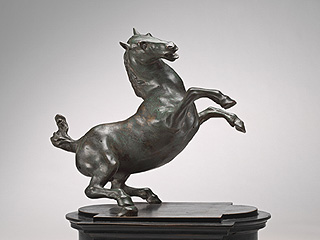
da Vinci. Statuette of a Rearing Horse. Done in an artificial patina now called Renaissance Black which involved painting the piece with a solution of copper nitrate, heating it and buring it in milk saturated sand for a month.
It is not altogether surprising that even Leonardo quailed at the thought of raising so vast a weight of metal on two such slender supports as the hind legs. Donatello had not even risked leaving the single raised foreleg of the ”Gattamelata’s” mount unsupported, and inserted the rather improbable device of a bronze orb beneath it. The problem was finally solved in the mid seventeenth-century by one Pietro Tacca, who, apparently on the advice of Galileo, lengthened the horse’s tail and anchored it to the base; his equestrian statue of Philip IV of Spain still paws in the air in Madrid’s Plaza de Oriente. ”The legend goes that Galileo himself told him how: “Make the front part hollow and the back part solid bronze.”

''Bronze Horse, Meijer's Garden, Grand Rapids, Michigan, USA The second horse known as 'The American Horse', was unveiled on October 7th 1999, in the Meijer's garden, a natural park in Grand Rapids, Michigan. The only difference between the two horses at Milan and Meijer's Garden is that the former is mounted on a white marble pedestal whereas the latter is without any platform.''
”The sketches that da Vinci left behind eventually turned up centuries after the artist’s death. A retired American pilot was fascinated by the story of the bronze horse, and founded a non-profit organization that would finish the Leonardo da Vinci sculpture. In 1999, the organization unveiled the 24 foot tall bronze statue in Milan, Italy, and a month later, a second statue was unveiled in Grand Rapids, Michigan, bringing da Vinci’s beloved sculpture to life.
Da Vinci had yet another horse sculpture that he would never see completed. In 1506, he began drawing sketches for a sculpture similar to his massive bronze horse commissioned by the Duke of Milan. This sculpture, which came to be known as “Il Cavallo”, was meant for Giacomo Trivulzio. It garners less attention from the art world for it only exists through the multitude of drawings left behind by da Vinci.
According to da Vinci’s drawings and sketches, two problems had yet to be figured out regarding “Il Cavallo”. First, he needed to fill the space where the belly of the horse was to be, and second, he needed to settle on the position of the rider. Although his drawings always showed the rider on the horse’s back, the rider was meant to have been cast separately from the horse.
”During the 17 years that Leonardo had worked on the horse, he had made numerous small sketches of horses to help illustrate his notes about the complex procedures for molding and casting the horse. But his notes were far from systematic, and none of the sketches points to the final position of the horse. The absence of a single definitive drawing of the statue left the 20th-century artist some latitude for interpretation. Akamu researched multiple information sources to gain insight into the original sculptor’s intentions. She studied both Leonardo’s notes and drawings of the horse and those of other projects he was working on. She reviewed his thoughts on anatomy, painting, sculpture and natural phenomena. Her research expanded to include the teachers who had influenced Leonardo. Akamu also studied Iberian horse breeds, such as the Andalusian, which were favored by the Sforza stables in the late 15th century. “When you look at his notes and study the drawings, it’s very clear that these horses are Spanish,” says Akamu.
By creating an overlay of all Leonardo’s sketches that had been enlarged to precisely the same scale, Akamu could discern the repetitiveness in his proportions. The difficulty was in blending actual equine anatomy with the vision she was developing for the statue. “What I tried to do was merge the aesthetic harmony of the piece and the anatomy,” she says.
The sculpted horse bears a neck that’s approximately two vertebra longer than a normal horse’s would be, but this artistic license was necessary to keep the statue’s profile consistent with the creator’s drawings. “In order to accommodate the profile Leonardo wanted, I had to make these slight adjustments,” says Akamu. “The challenge was to play everything together.”
Creating a bronze structure the size of Il Cavallo posed unique mechanical as well as artistic challenges. Leonardo had planned to cast the statue in one continuous pour. Modern engineers believe that handling such large amounts of molten bronze would have been impossible, given the technology of the day. The difficulty would have been in keeping the temperature constant and insuring that the bronze had flowed into the extremities and all of the crevices.”


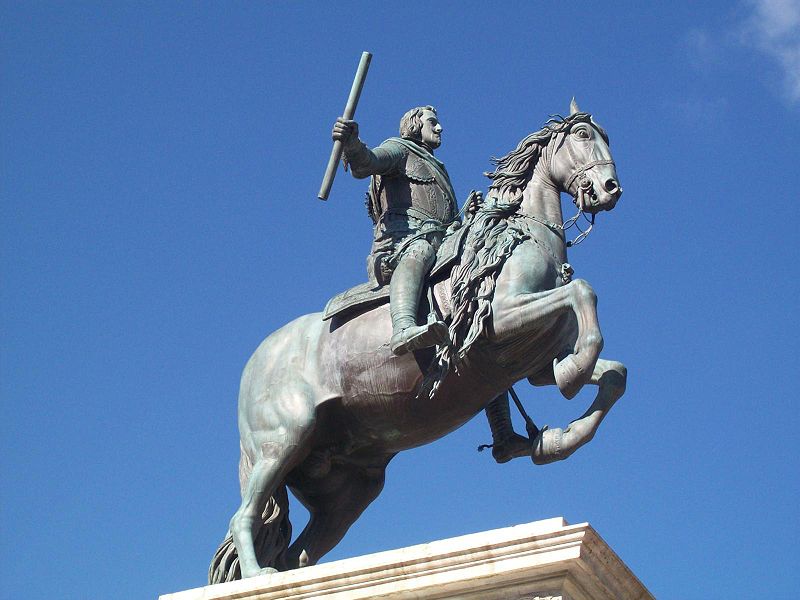
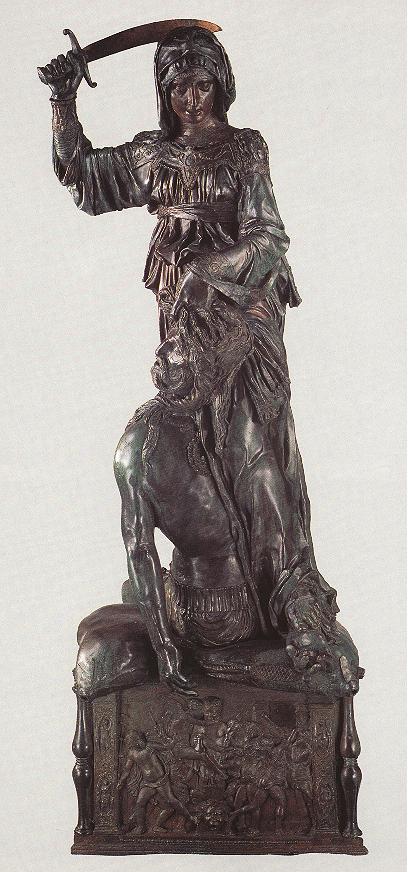
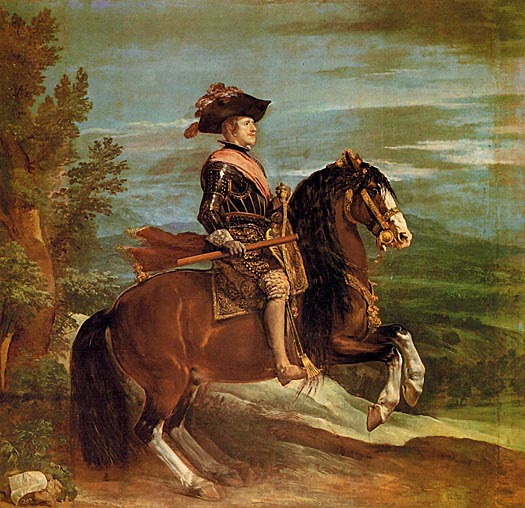
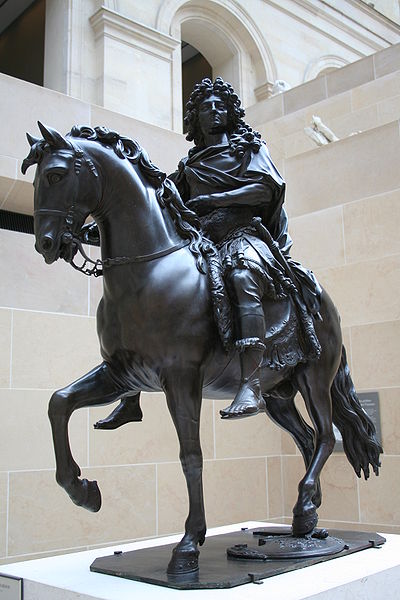



 COMMENTS
COMMENTS
i have a louis IV francois girardon 3 foot statue of horse and louis. please contact me on value
Great article! I didn’t realize there was such a huge horse statue in the U.S. Thanks for sharing.
yes, it surprised me as well. After all there is a statue of liberty in las vegas….. except these were done to equal the original in quality. you have a very good web site!